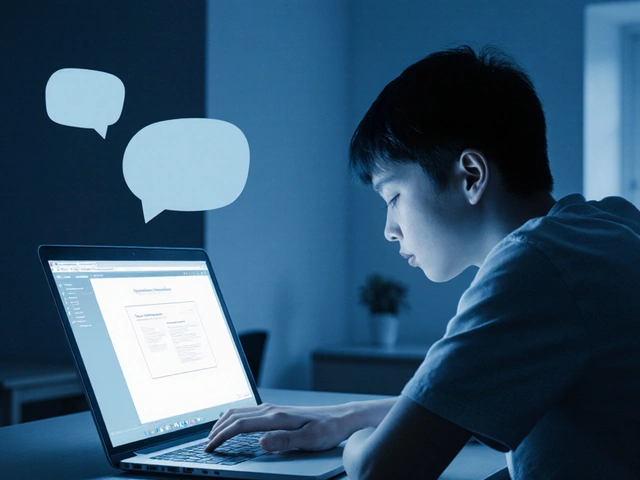Synchronous eLearning
When working with synchronous eLearning, a learning approach that delivers instruction at the same moment learners log in. Also known as live online learning, it lets teachers and students interact instantly, just like a traditional classroom, but through a screen.
This format relies heavily on a virtual classroom, software that hosts live video, chat, and shared resources in one place. Whether you call it Google Classroom, Zoom, or Microsoft Teams, the virtual classroom is the hub where the teacher streams content, answers questions, and manages activities.
One of the core strengths of synchronous eLearning is real‑time interaction, the ability for participants to speak, type, or react instantly during a session. This interaction drives engagement, clarifies doubts on the spot, and builds a sense of community that asynchronous tools often miss.
Many institutions blend live sessions with self‑paced work, creating blended learning, a hybrid model that mixes synchronous classes with recorded lessons and independent tasks. The blend lets learners reap the immediacy of live instruction while still benefiting from the flexibility of on‑demand resources.
Why Synchronous eLearning Matters Today
Companies and schools alike choose live streaming education because it mirrors real‑world collaboration. When a team solves a problem together in a video call, the outcome mirrors in‑person teamwork. That same principle applies to students solving a math puzzle live with a teacher guiding each step.
Technology has lowered the barriers to entry. High‑speed internet, affordable webcams, and robust LMS platforms mean almost anyone can host a live class without a dedicated studio. The key requirement remains a stable connection, which ensures the video and audio stay clear and the interaction stays fluid.
Assessment also gets a boost. Real‑time quizzes, polls, and breakout rooms let educators gauge understanding instantly. Results feed back into the lesson plan, allowing the teacher to adjust pacing or revisit tricky concepts before they become roadblocks.
From a learner’s perspective, the immediacy reduces isolation. Asking a question in a live chat and getting an answer seconds later feels more supportive than waiting for an email reply. This boost in confidence often translates to higher retention and better performance.
Institutions that adopt synchronous eLearning also notice higher attendance rates. When a class is scheduled at a specific time, students are more likely to prioritize it, just as they would a physical lecture. The routine creates discipline while still offering the convenience of remote access.
Looking ahead, the trend points toward more immersive experiences—think virtual reality classrooms that still operate in real time. The core idea stays the same: delivering education when everyone is present, sharing the moment together.
Below you’ll find a curated set of articles that dive deeper into each of these aspects. From choosing the right virtual classroom platform to designing engaging real‑time activities, the collection offers practical tips, tool recommendations, and real‑world examples to help you make the most of synchronous eLearning in your teaching or training program.
The Three Essential Types of eLearning Explained for Modern Learners
0 Comments
Uncover the three main types of eLearning, get smart tips on making them work for you, and see which style fits your goals. All in an easy, simple read.
Read More




